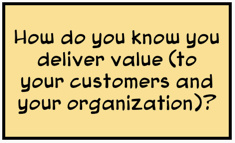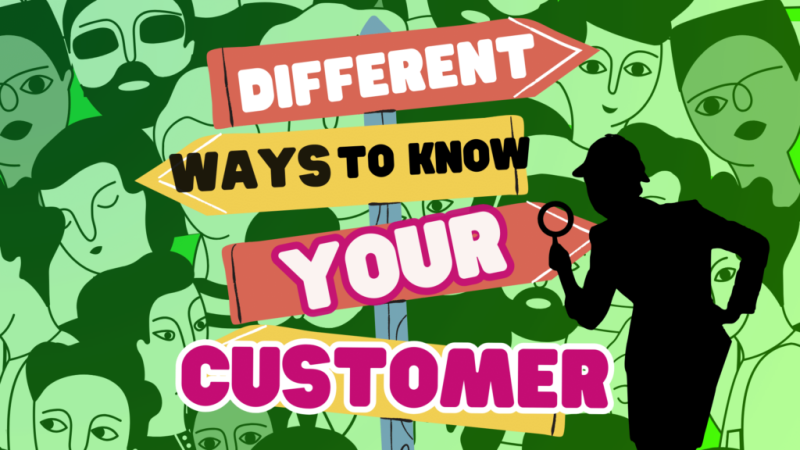From my experience and observations, my concern is weak understanding that the Evidence-Based Management (EBM) framework is empirical. It requires transparency, frequent inspection, and adaptation. Some organizations proceed with the initial evaluation and then drop the idea. Measuring once and making some decisions is not enough! No promises that this would work.
Measuring often, regularly, making decisions, adapting frequently towards a meaningful goal. This is the secret ingredient of the powerful framework. Like Scrum, EBM is simple to understand, difficult to master. Once you experience it, implement it in your organization, you should see significant results.
Again, applying EBM to the organization requires transparency, inspection, and adaptation. And trust. When I consult or teach my customers, I always ask them a question:
Now, I am asking you.
More often than not, I hear the answer: “Not so much. Mainly hours, velocity”.
What is your answer?
Next question:
Again, this is a question to you, as well.
What is your answer?
Frequently, I have a notion that they do not know or partially know. Some organizations are focused on outputs instead of outcomes. It means that they are interested in delivery metrics. They are considerable, of course. Although paying attention only to outputs leads to short term results (e.g., effectiveness).
Outcomes – measures that indicate customer/user change (in behavior). E.g., customer satisfaction.
Outputs – measures that reflect things that were produced. E.g., velocity, throughput.
In other words, we may deliver an excellent number of outputs. We can even increase teams’ effectiveness to produce more functionalities, higher velocity, etc., yet we are not able to assess if we delivered value. Where is the customer included in this process? What customer’s behavior has been changed? Are they happy with our product?
When you feel your organization is focused rather on outputs than outcomes, it is high time to change it! All activities, outputs, customer outcomes determine your company impact.
Based on my experience in applying EBM framework to my customers’ organizations:
Review EBM Guide and consider 4 Key Value Areas and exemplary measures provided there.
Make sure you understand your goals. Why are you trying to measure? What do you want to achieve? Make the goals visible to everyone.
For measures, start with what you have and may have. The majority of the measures are accessible in your company. They are scattered amongst different departments. Take a look around in your organization and discover where you can obtain them. It might be the Sales Dept. or the Marketing Dept.
Introduce to your organization valuable measures from all 4 Key-Value Areas. Discuss them with stakeholders, run a workshop or creative session.
Measure where you are at this moment. You have evidence now. These are facts.
Make a decision based on this evidence. What needs to be improved? By when?
Like in medicine, try not to provide many “treatments” because you will never know what was helpful and what was not.
Inspect frequently. Measure continuously and often. I do not recommend checking measures rarely, from time to time.
Adapt accordingly. Change your “treatments” as needed (means your actions you have taken on to improve the measure. If your efforts are not promising, change them. Experiment. Learn from results. Repeat).
Make EBM transparent and understandable by your teams and the entire organization.
Visualize to make better decisions. This is helpful. (eg. Scoreboard)
Skilled, open-minded leadership might be considered as crucial, too.
Last but not least, think in terms of empiricism all the time. Do not be misled by existing processes or habits.






